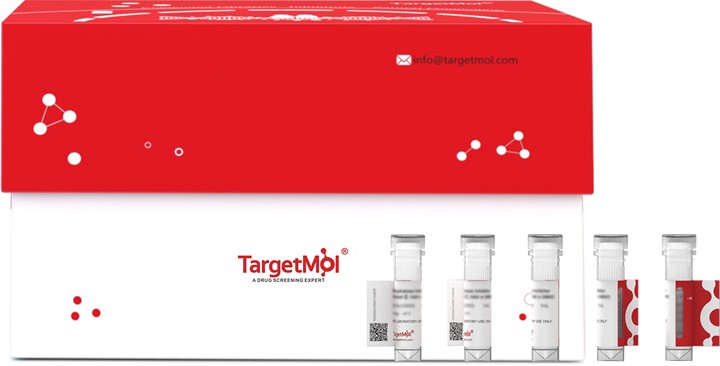购物车
全部删除  您的购物车当前为空
您的购物车当前为空
GIP Protein, Human, Recombinant (hFc) is expressed in HEK293 mammalian cells with hFc tag. The predicted molecular weight is 34.9 kDa and the accession number is P09681.

| 规格 | 价格 | 库存 | 数量 |
|---|---|---|---|
| 5 μg | ¥ 493 | 6-8日内发货 | |
| 10 μg | ¥ 790 | 6-8日内发货 | |
| 20 μg | ¥ 1,330 | 5日内发货 | |
| 50 μg | ¥ 2,580 | 5日内发货 | |
| 100 μg | ¥ 5,170 | 5日内发货 |
| 生物活性 | Immobilized Human GIP, hFc Tag at 0.5 μg/ml (100 μl/well) on the plate. Dose response curve for Biotinylated Anti-GIP Antibody, hFc Tag with the EC50 of 88.1 ng/ml determined by ELISA. |
| 产品描述 | GIP Protein, Human, Recombinant (hFc) is expressed in HEK293 mammalian cells with hFc tag. The predicted molecular weight is 34.9 kDa and the accession number is P09681. |
| 种属 | Human |
| 表达系统 | HEK293 Cells |
| 标签 | C-hFc |
| 蛋白编号 | P09681 |
| 别名 | GIP,gastric inhibitory polypeptide |
| 蛋白构建 | Glu22-Gln93 |
| 蛋白纯度 | > 95% as determined by Tris-Bis PAGE; > 95% as determined by HPLC |
| 分子量 | 34.9 kDa (Predicted); 40-50 kDa (Due to glycosylation) |
| 内毒素 | Less than 1EU per μg by the LAL method. |
| 蛋白性状 | Lyophilized powder |
| 缓冲液 | Lyophilized from 0.22μm filtered solution in PBS (pH 7.4). Normally 8% trehalose is added as protectant before lyophilization. |
| 复溶方法 | Reconstitute the lyophilized protein in distilled water. The product concentration should not be less than 100 μg/ml. Before opening, centrifuge the tube to collect powder at the bottom. After adding the reconstitution buffer, avoid vortexing or pipetting for mixing. |
| 存储 | It is recommended to store recombinant proteins at -20°C to -80°C for future use. Lyophilized powders can be stably stored for over 12 months, while liquid products can be stored for 6-12 months at -80°C. For reconstituted protein solutions, the solution can be stored at -20°C to -80°C for at least 3 months. Please avoid multiple freeze-thaw cycles and store products in aliquots. |
| 运输方式 | In general, Lyophilized powders are shipping with blue ice. Solutions are shipping with dry ice. |
| 研究背景 | The potential application of glucose-dependent insulinotropic polypeptide (gastric inhibitory polypeptide, GIP) in the management of obesity and type 2 diabetes has been controversial. Initial interest in the therapeutic use of GIP was dampened by evidence that its insulinotropic activity was reduced in type 2 diabetes and by reports that it increased glucagon secretion and adipose deposition in non-diabetic individuals. |